Description
By Manfred Porkert
Hardcover book
ISBN 9783895200090
669 pages
The author provides a clear and complete presentation of authentic Chinese theory as a reliable basis for modern scientific research and for effective clinical application. Readers familiar with Porkert’s earlier works will at once feel at home with his academically rigorous style and tone. The core and basic structure of the text centers around theZhenjiu Dachen, a classical text completed in 1601 by Yang Jizhou.
In the introduction, Dr. Porkert states: “Toward the end of this twentieth century, among patients and healers throughout the world, the widespread belief seems to be that Chinese acupuncture has definitely become established as a therapeutic expedient. Somewhat different from this, and based on extensive experience and investigation, the more reserved conviction of the authors today sees Chinese medicine – and hence acupuncture, one of its more original techniques – poised barely at the brink of its curative potential. This text seeks to reveal more of that potential by presenting the classical skills and knowledge of acumoxa therapy free from linguistic filtering, e.g., classical Chinese to modern Chinese, modern Chinese to English, personal perspectives, the quickly-passing trends of modern China, and the expectations of audiences rooted in Western thought. To accomplish this the authors have drawn the core of their text from the Zhenjiu Dacheng of 1601, creating an authentic and systematic introduction to mainstream acupuncture, that is, an acupuncture consistent with its artisans’ practice throughout the years.”
The text begins with an explanation of the basic premises of acumoxa therapy: yin and yang, the five evolutive phases and a brief history. The second chapter presents a detailed explanation of diagnosis by inspection, olfaction and ausculation, interrogation and palpation. Radial pulse palpation is examined in detail as are the eight guiding criteria, the six excesses, the seven emotions, and the neutral agents of disease. Further chapters introduce functional categories for the foramina (acupoints) and conduits. The fifth chapter systematically describes the pathologies of each of the orbs-hepatic, felleal, cardinals, and conduits-including original “iconograms,” illustrations of conduits wherein icons visually inform readers of a former association, for example, with the “Water Conjuctory” or “Fire Effusory.” A large section explicates the classical foramina, conduit by conduit. For each is given a normative name, an English name, Pinyin and Wade-Giles transliterations, Chinese, and alphanumerics. The English name is explained and the position, special qualifications, effects of stimulation, symptoms and indications, and combinations are succinctly detailed. Location and treatment by acupuncture and moxibustion is described with particular distinction between classical and modern insertion depths.
The final two chapters explain how to plan and apply treatment. Topics discussed include establishing a prescription, choosing between acupuncture and moxibustion, selecting foramina and combinations of foramina. Clincical topics such as preparing the patient, locating and needling the foramina, attaining qi, and controlling effects by adjusting technique are also presented in detail. Moxibustion is also detailed. After an introduction to the rules for selecting foramina in treatment, the textbook’s main section concludes with a large selection of suggested treatments categorized by Western diagnoses. These include, among others, emergency treatments, cardiac and circulatory, spleen and stomach, neurological, rheumatic and metabolic, liver, gallbladder and kidney diseases.

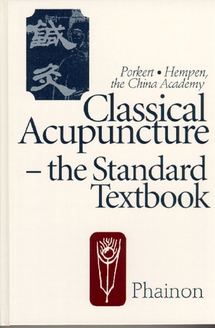
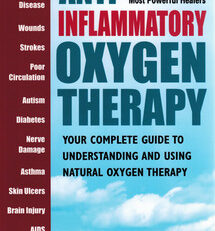
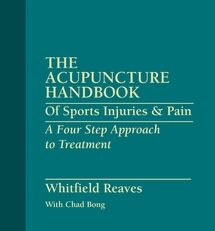
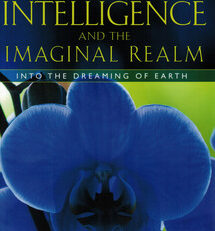
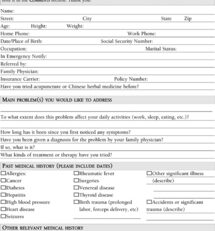
Reviews
There are no reviews yet.